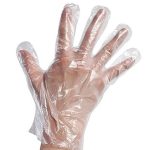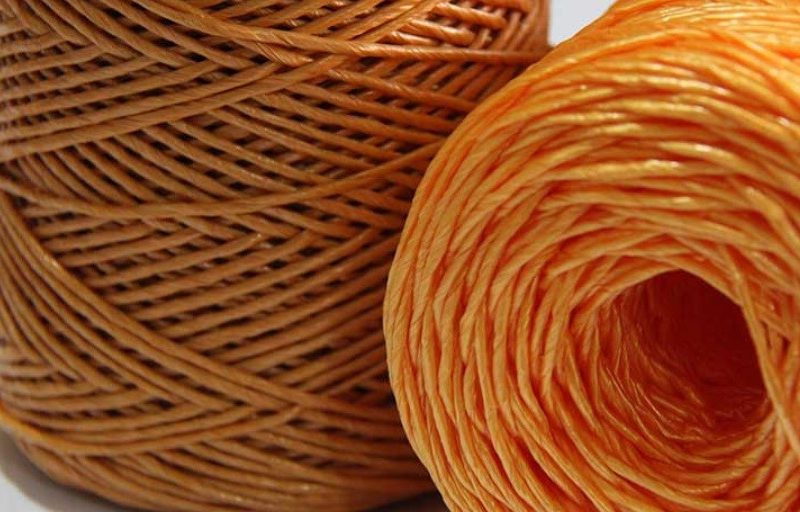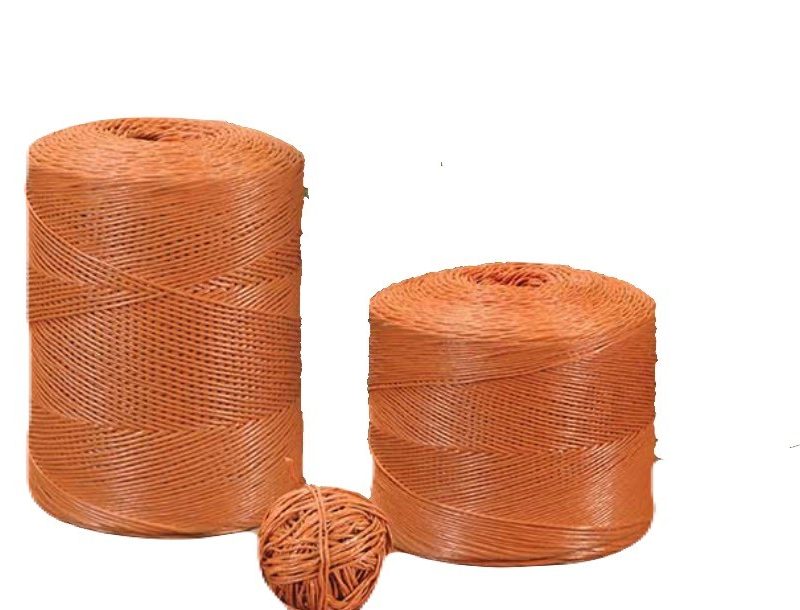
gloves
April 23, 2024
Twine Binding Cord
April 23, 2024After humans turned to agriculture for food production, packaging, storing, and transporting products became one of humanity’s main concerns. In the past, if packaging of agricultural products wasn’t done properly, farmers’ efforts went to waste. Today, improper packaging or using low-quality threads for bundling agricultural products undoubtedly leads to significant economic losses in storage and transportation. One of the best threads for packaging agricultural products is baling twine or hay twine, making transportation and packaging easy and quick. Baling twine is a thin thread made from sisal or synthetic materials like polypropylene. Its primary use is compact packaging of fibrous materials such as straw and hay, hence the name “baling twine.” The word “bale” in English refers to a mass of paper, wheat straw, or forage compressed by farmers or machines called balers into square or round shapes, typically bound with strong threads or ropes. It can be produced in various colors for quick identification of different packaging types. When packaged in various colors, products can be easily identified, and their storage, processing, and transportation become more convenient.
What is baling twine made of?
Baling twine is made from sisal or synthetic materials such as polypropylene. In the past, before using synthetic materials, natural fibers were used for making twines.
Sisal:
Sisal fibers are a type of leaf fiber grown in the Central American regions. Sisal plants have fleshy leaves that grow from a central bud. These leaves are heavy, but 90% of their weight is moisture. Despite the high water content, the nature of the leaves and the pulp obtained from them are firm and hard. These fibers are very long and come in colors like cream, yellow, green, brown, or red. They are strong, durable, and have high tensile strength. They are resistant to bacterial damage and saltwater and also act as good insulators.
Synthetic fibers:
These are a group of fibers produced artificially using specific methods and are typically not found in nature but may have natural roots. Examples include acrylic fibers, polyamide (nylon), polyethylene, polypropylene, etc. Polypropylene is used in making baling twine. So, baling twine can be made from both natural and synthetic materials.
Artificial baling twine:
Polypropylene polymer is predominantly used in producing artificial baling twines. Polypropylene is a thermoplastic “addition polymer” made from a combination of propylene monomers and has a low UV decomposition rate like sunlight.
Advantages of artificial baling twine:
100% resistant to organic solvents, degreasers, and electrolyte attacks.
Polypropylene baling twine does not rot and is resistant to most chemicals and acids.
It is also unaffected by water and moisture.
Advantages of polypropylene baling twine over sisal (natural) baling twine:
Polypropylene twine is lighter in weight.
The diameter of polypropylene twine is more uniform.
The colors of the twines are changeable, making them easier to identify.
They do not have fuzz and are easier to knot.
Uses of baling twine:
Baling twine can be used for packaging agricultural products, especially in fruit orchards, vineyards, and for packaging heavy fruits, vegetables, forage, and hay to hold their stems and branches. It’s also known as hay baling twine. Nowadays, polypropylene baling twine is also used for packaging and other purposes.
Features of baling twine:
Long-lasting
UV resistant
Attractive and diverse colors
Resistant to adverse weather conditions
Importance of color in baling twine:
In packaging and baling, color variation plays a significant role. People use different colors and sizes for packaging various agricultural products. Packaging based on specific colors helps prevent mistakes in storing and segregating products. For example, one batch of bales should be packaged with the same color that differs from other colors.
Baling twine: A product with multiple names!
As explained in this article, this product is also known as bale twine. But it’s worth noting that baling twine is known by other names too. This versatile twine is widely used in the packaging industry under names like bale string, binder twine, clatch, wheat twine, and forage baling twine. Some may wonder if these twines are different from each other. I must say all these names refer to the same product.
LOOKING FOR PARTS TO YOUR VEHICLE?
+61 (0) 383 766 284
WE ARE AVAILABLE MONDAY – FRIDAY
08:00 AM – 6:30 PM
30 days return
Vivamus in diam turpis. In quis nibh magna maximus tristique.
Free shipping
Vivamus in diam turpis. In quis nibh magna maximus tristique.
Quick delivery
Vivamus in diam turpis. In quis nibh magna maximus tristique.
Related products
-
Twine Binding Cord
Product Name: Twine Binding Cord
Product Materials: Polypropylene and UV-resistant materials
Product Industries: Packaging Industry / Agriculture Industry
Characteristics:
High resistance to ultraviolet rays due to the use of UV-resistant materials
Desired color coding for easy identification of forage
The twine binding cord is non-stretchy.
-
thread Droger
Product Name: thread Droger
Product Category: Packaging Twine
Product Material: Polypropylene
Industries: Agricultural Industries / Packaging Industries
Characteristics: Resistant to sunlight, corrosion, and stress
Very good strength
Affordable price relative to the material and product performance.




Reviews
There are no reviews yet.